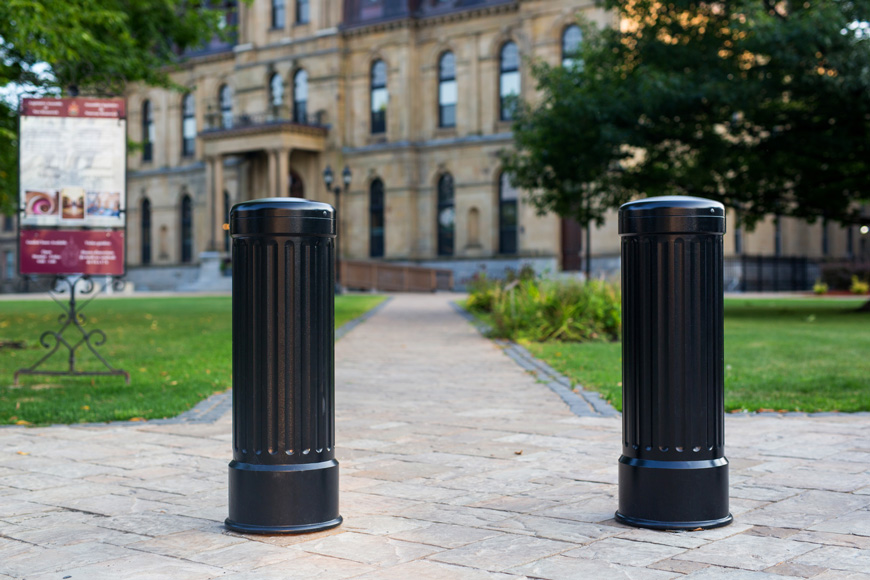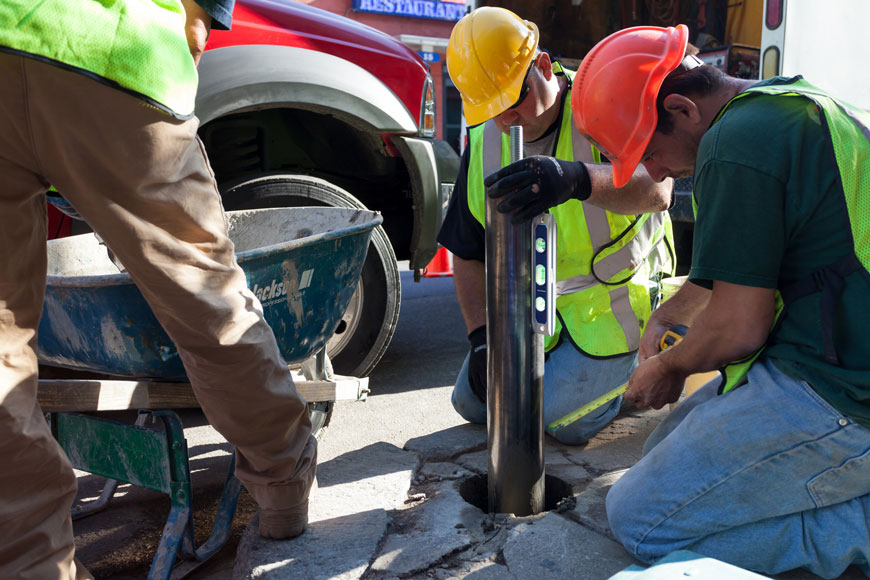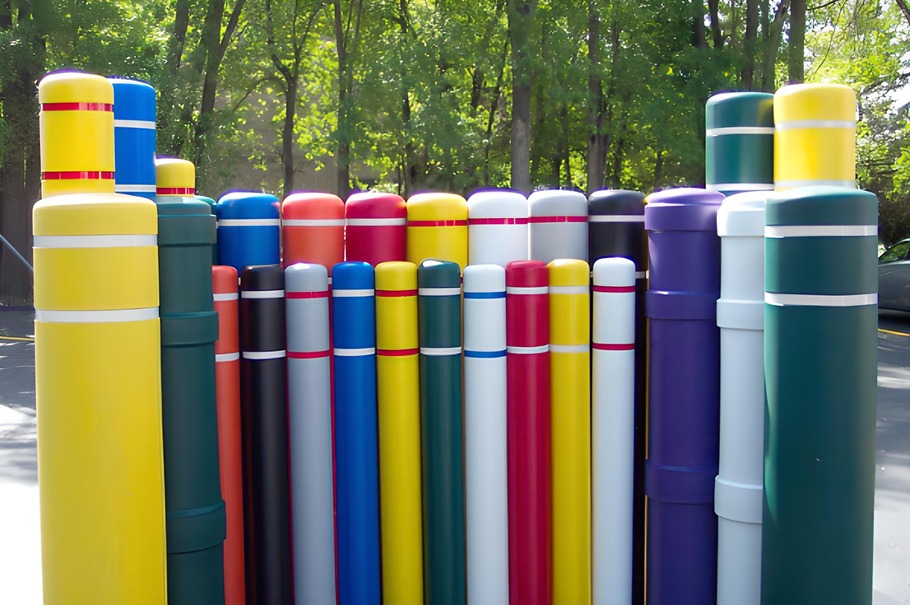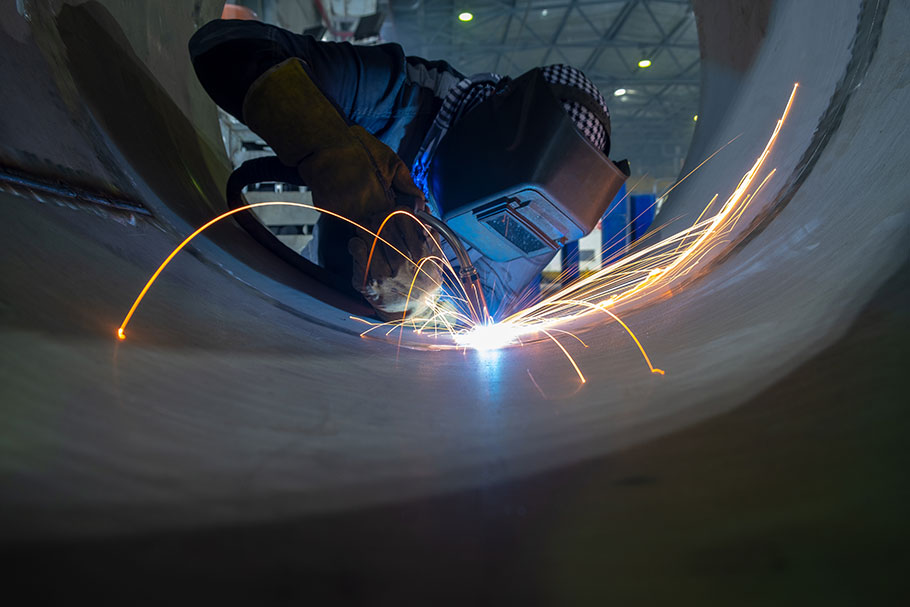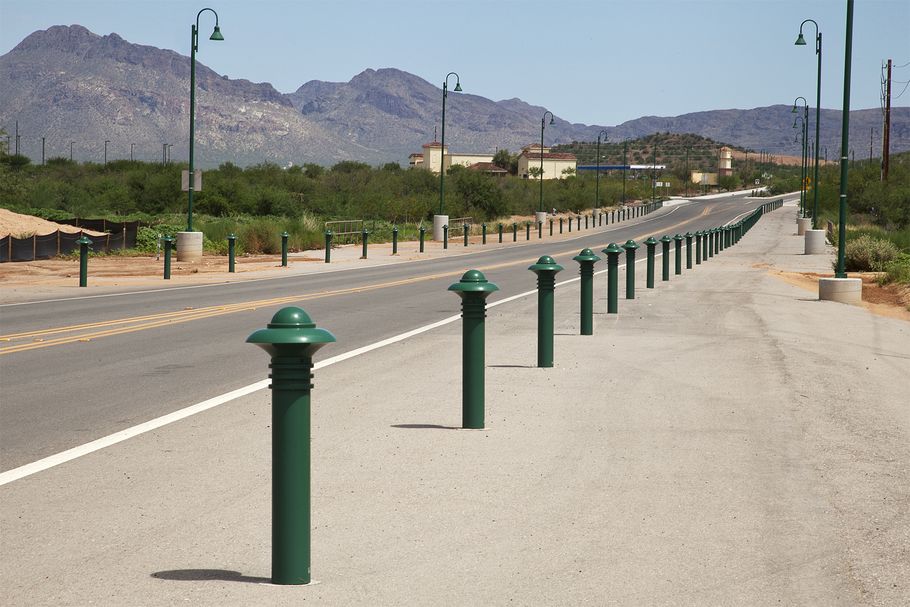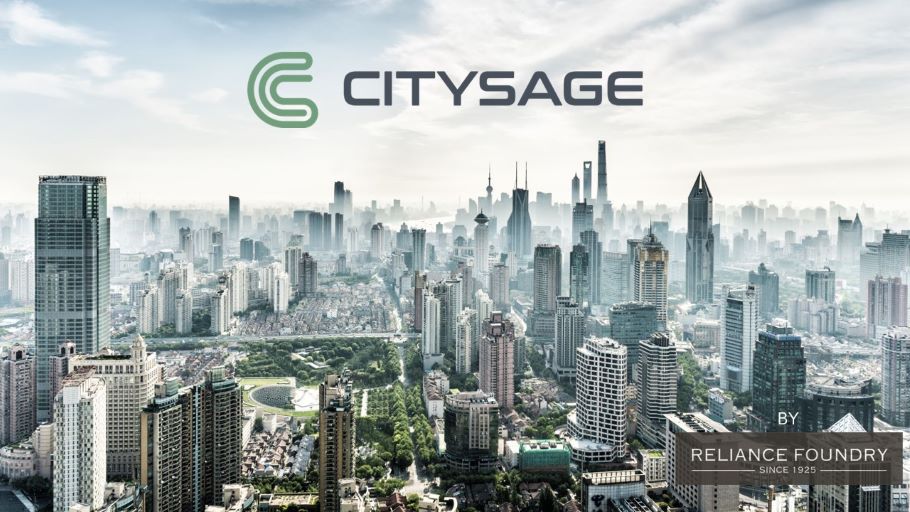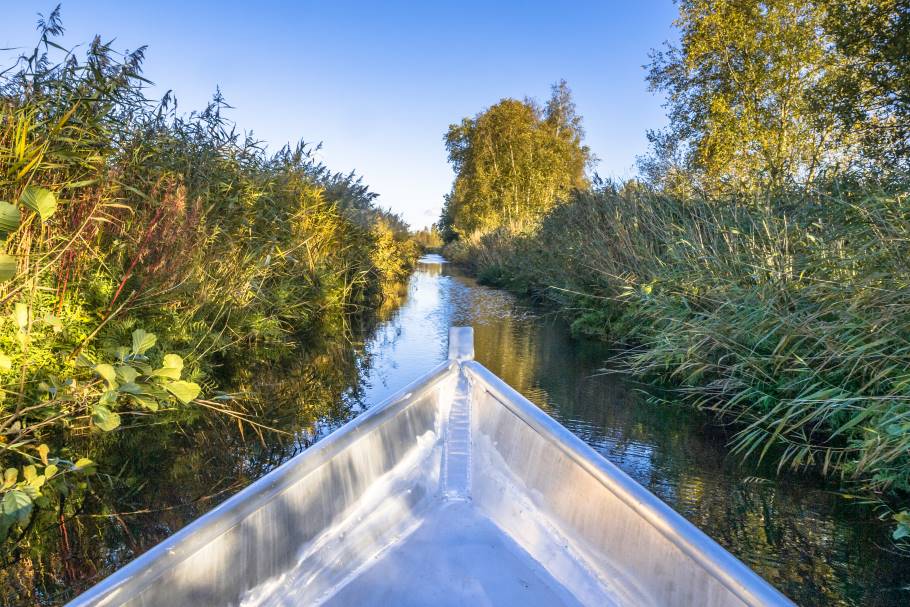Take a virtual tour of our bollard factory and learn how stainless steel is made into your favorite site furnishing.
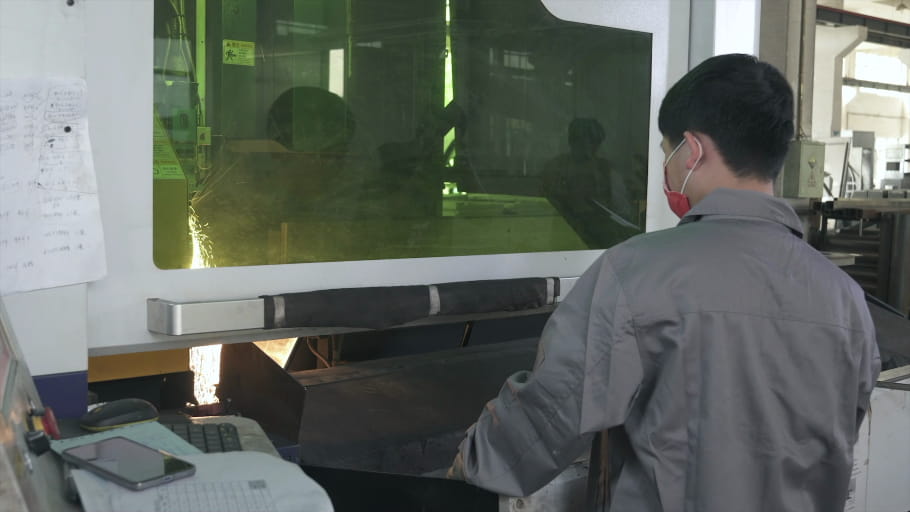
During the seventeenth and eighteenth centuries, discarded cannon barrels and wooden posts were buried along quaysides and roads, providing ship mooring utilities and basic traffic management. As architectural preferences and city streets have evolved since then; bollards also had to evolve to stay useful. New materials, aesthetics, and functional engineering create a much wider range of bollards useful in contemporary urban spaces.
Today, factory personnel use industrial-grade, heavy duty machinery to manufacture bollards consistently and efficiently. Where bollards have traditionally been made of cast iron or cast aluminum, steel and stainless bollards are more often machined from milled metals. Below, we take you on a trip to one of our factories in Huzhou, China, to showcase the production process of our popular stainless steel bollards from beginning to end.
The factory tour: taking raw stainless steel and creating a bollard
Fabricating stainless steel bollards requires the use of laser cutting, drilling, welding, and polishing before the product is ready to be wiped down and shipped out of the factory. The process begins with a pipe made of high-quality grade 316 stainless steel. In comparison to its counterparts, 316 is more durable and versatile: the inclusion of metals such as chromium, nickel, and molybdenum in the alloy result in better resistance to corrosives including acids, alkalis, and chlorides. Stainless steel is selected not only for its properties, but also as a valuable decorative material for enhancing modern architecture.
Laser cutting the stainless steel
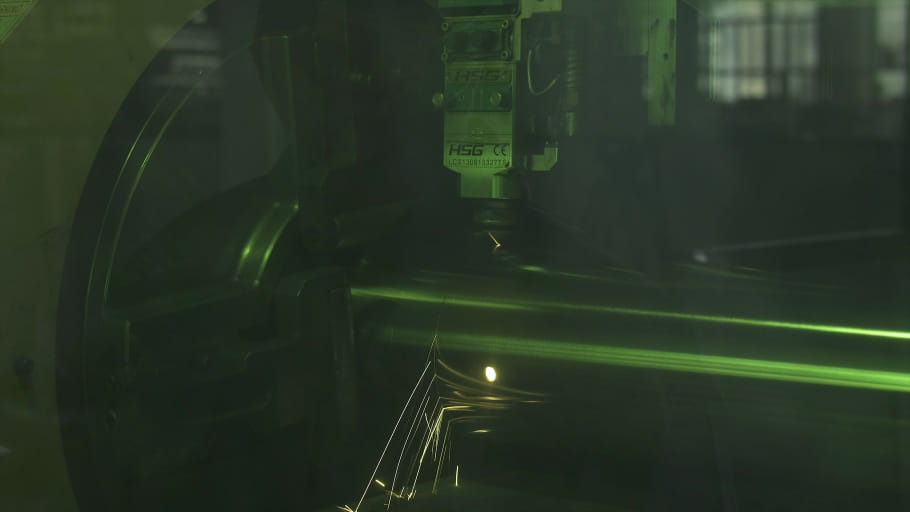
In our factory, a CNC (computer numerical control) laser cutter is used to form the stainless steel into our desired shape. Unlike conventional CNC machines, laser cutters utilize a non-contact, thermal-based process. Lenses and a nozzle focus a high-powered laser beam to increase heat density where the beam is concentrated, resulting in vaporization of the metal. This process allows for precise cutting of intricate shapes due to a small kerf (cut width) and heat zone. Additionally, high-pressure nitrogen flows from the nozzle to expel bits of vaporized metal from the workpiece.
To operate the machine, factory personnel inputs the desired dimensions for the final product. From there, the CNC laser cutter relies on instructions from a computer to perform its cutting, handling the workpiece autonomously to increase levels of precision. After the process is finished, the proportions of the steel are manually verified by the machine operator before the product is moved forward.
Drilling the mounting
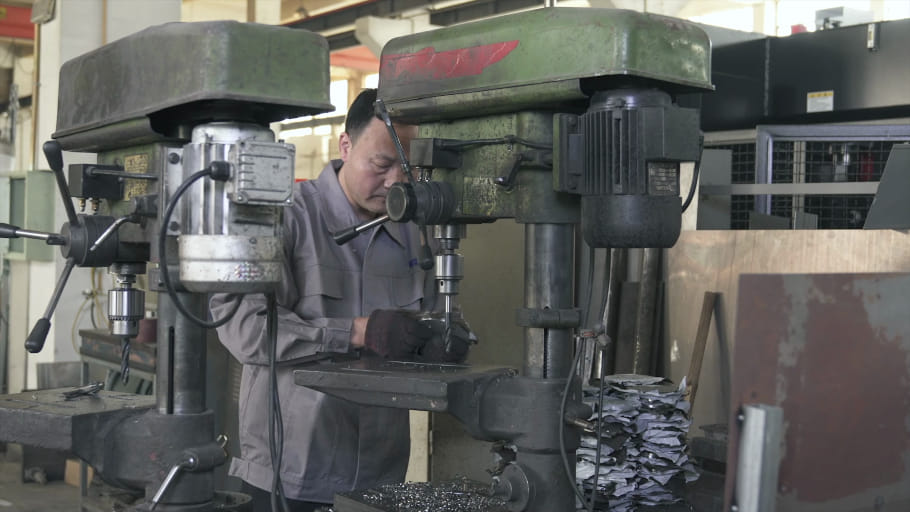
When it comes to drilling holes in the mounting, precision is of the utmost importance. For this, our factory uses a column drilling machine, which exerts vertical pressure with a drill bit to create the hole. A plastic sheet is fitted on top of the steel to avoid the formation of incidental burrs (raised edges or small bits of metal attached to the workpiece), which may weaken the bollard’s structural integrity and prevent it from being installed properly. This plastic sheet acts as a sacrificial material to reduce friction between the drill bit and the metal, preventing damage to the hole.
Welding
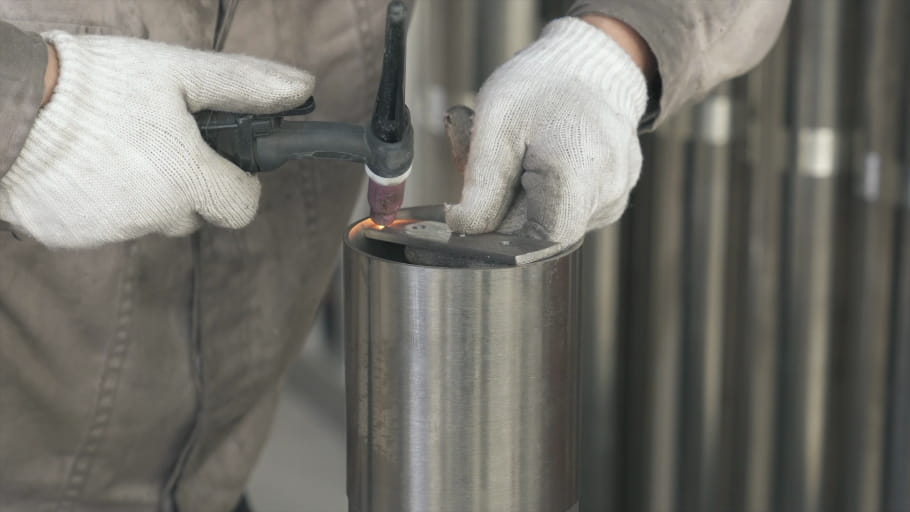
To assemble the bollard, the pieces are fit and fused together through a manual welding process. Here, a highly trained worker uses a TIG (tungsten inert gas) arc welding torch, which utilizes a non-consumable tungsten electrode and produces a narrow, focused arc to penetrate the metal. Compared to MIG (metal inert gas) welds, TIG is popular for its precise welding process and high-quality output.
As personnel are working in close proximity to such extreme heat, safety measures are a top priority in our factories. Our welder is equipped with a face shield, glasses, and gloves, shielding them from dangerous elements such as bright light, burns, and fumes produced by the process. Additionally, their outfit is made from fire-resistant material to prevent damage from sparks.
Polishing
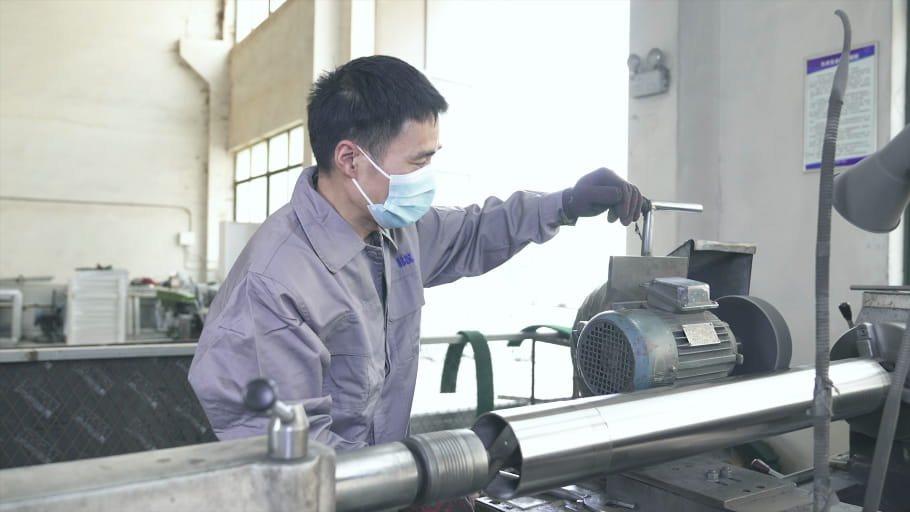
After the bollard has been assembled, the piece is loaded into a lathe and cleaned before being polished by a member of our factory team. Both mounted and handheld polishing machines are used on the bollard cover, resulting in a beautifully consistent finish with no striated lines. This process smooths out any scratches or imperfections in the steel and restores the aesthetic quality, allowing the bollard to fit decoratively into any architectural landscape.
Wiping
Before the bollard is shipped out of our factory, one of our personnel carefully wipes and cleans the surface down using a special water-based cleaning solution, which removes leftover residue from the manufacturing process. Any residual particles, especially those from iron or carbon steel, can contaminate the stainless steel causing rust to occur, which will compromise the surface and evolve into localized corrosion.
After wiping is complete, the bollard is left with a beautiful, shining finish, and is ready to be packaged and shipped to our warehouses.
Want to see more? Check out our factory tour video below and see the process in action!
Related Articles



